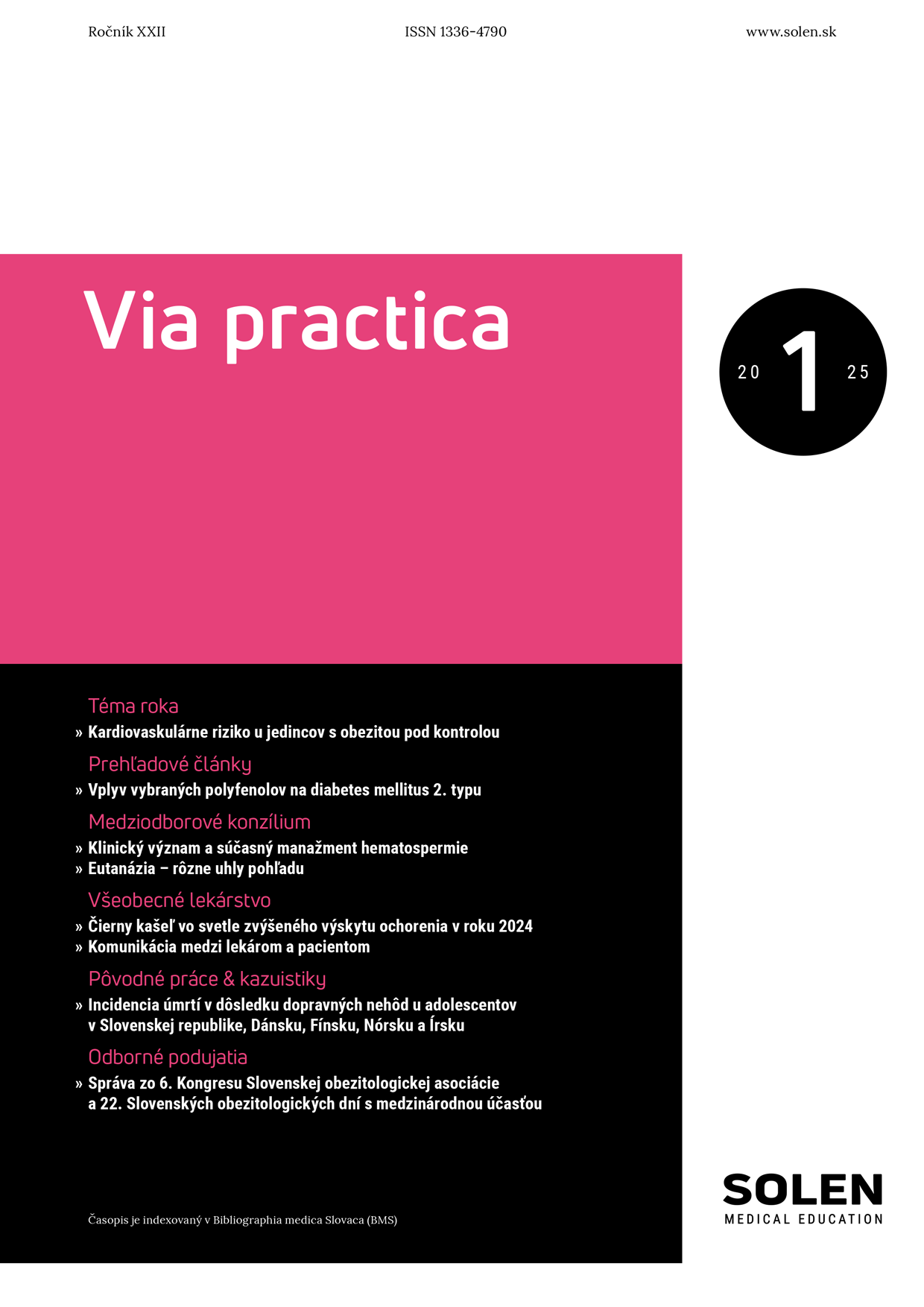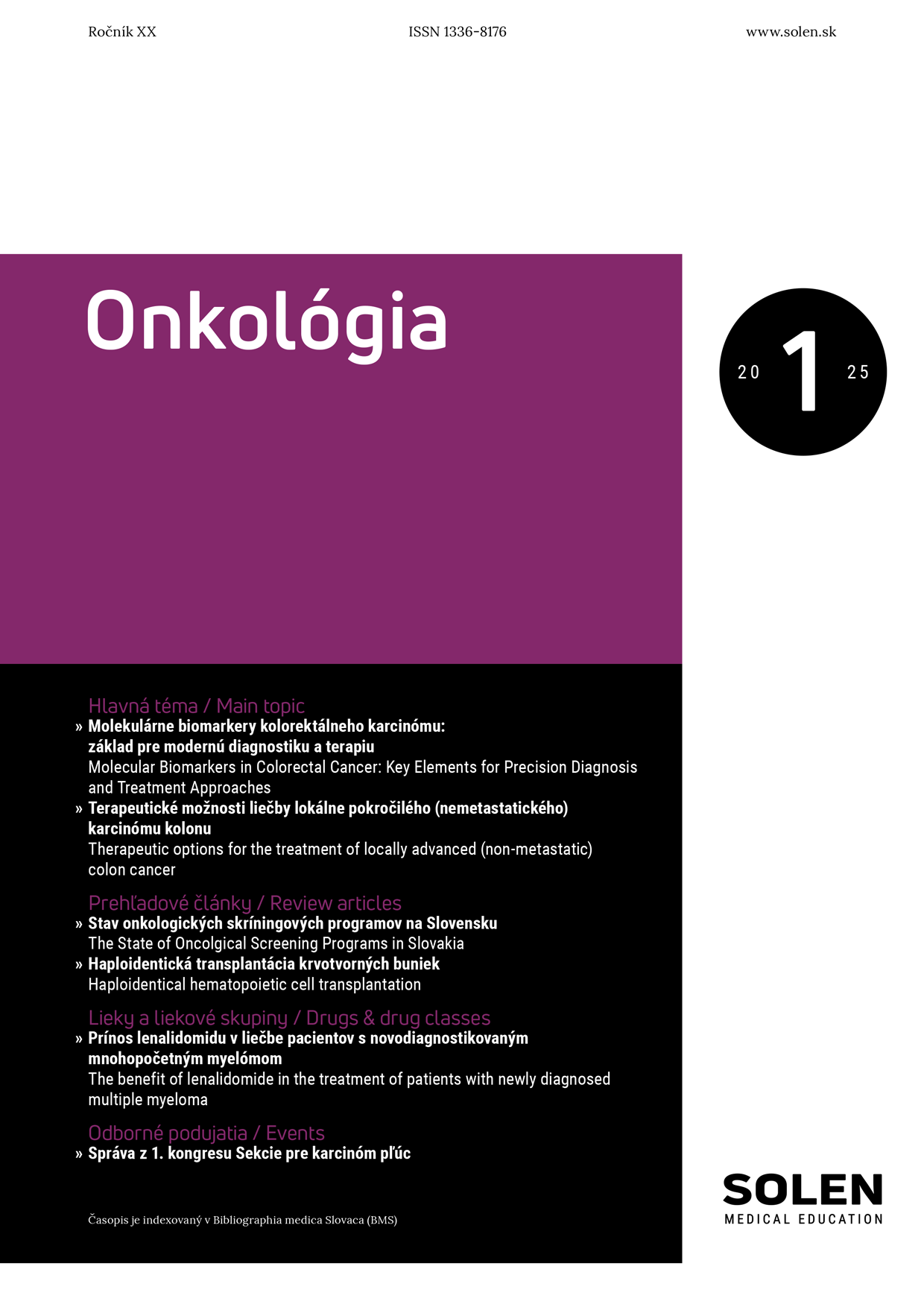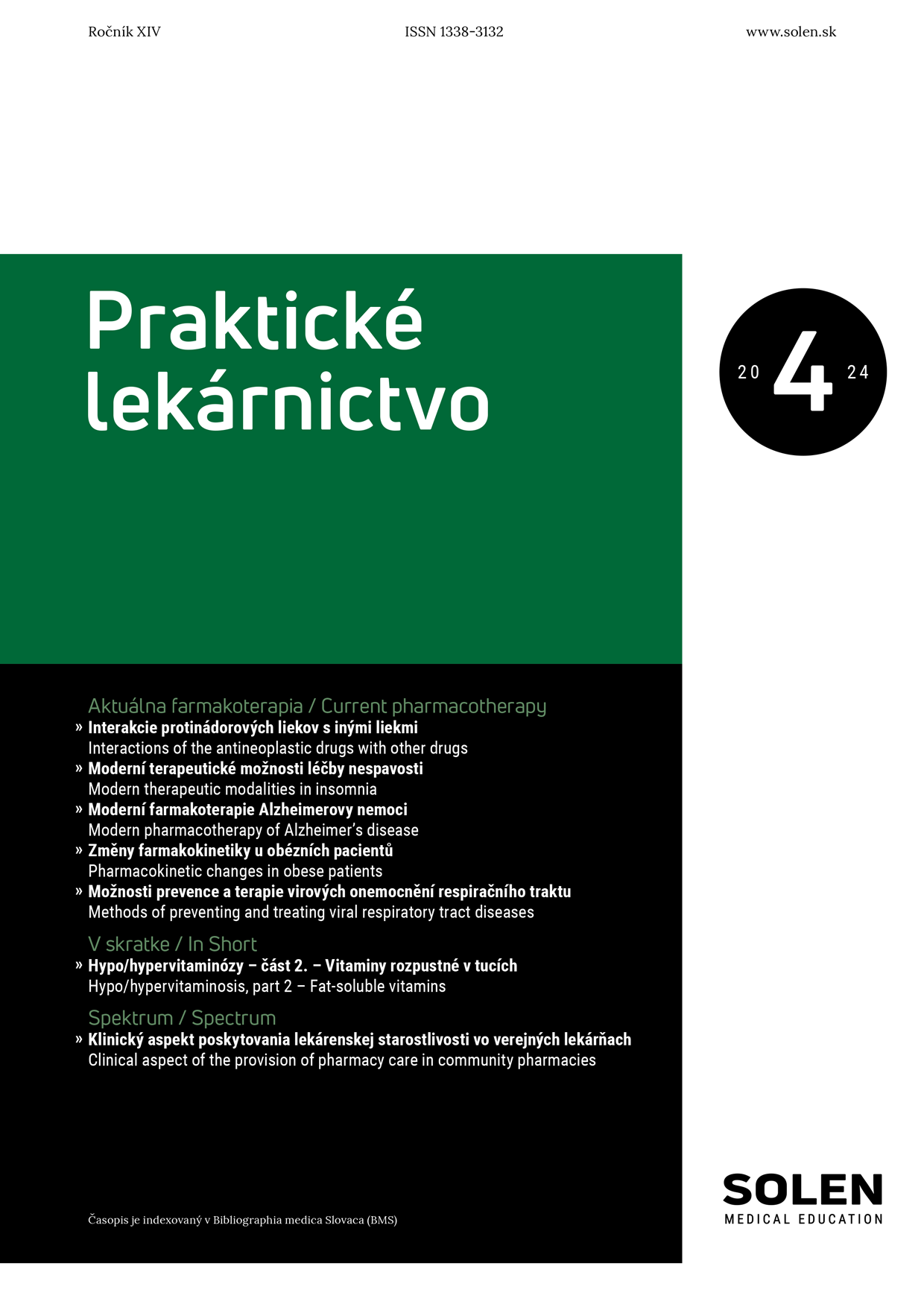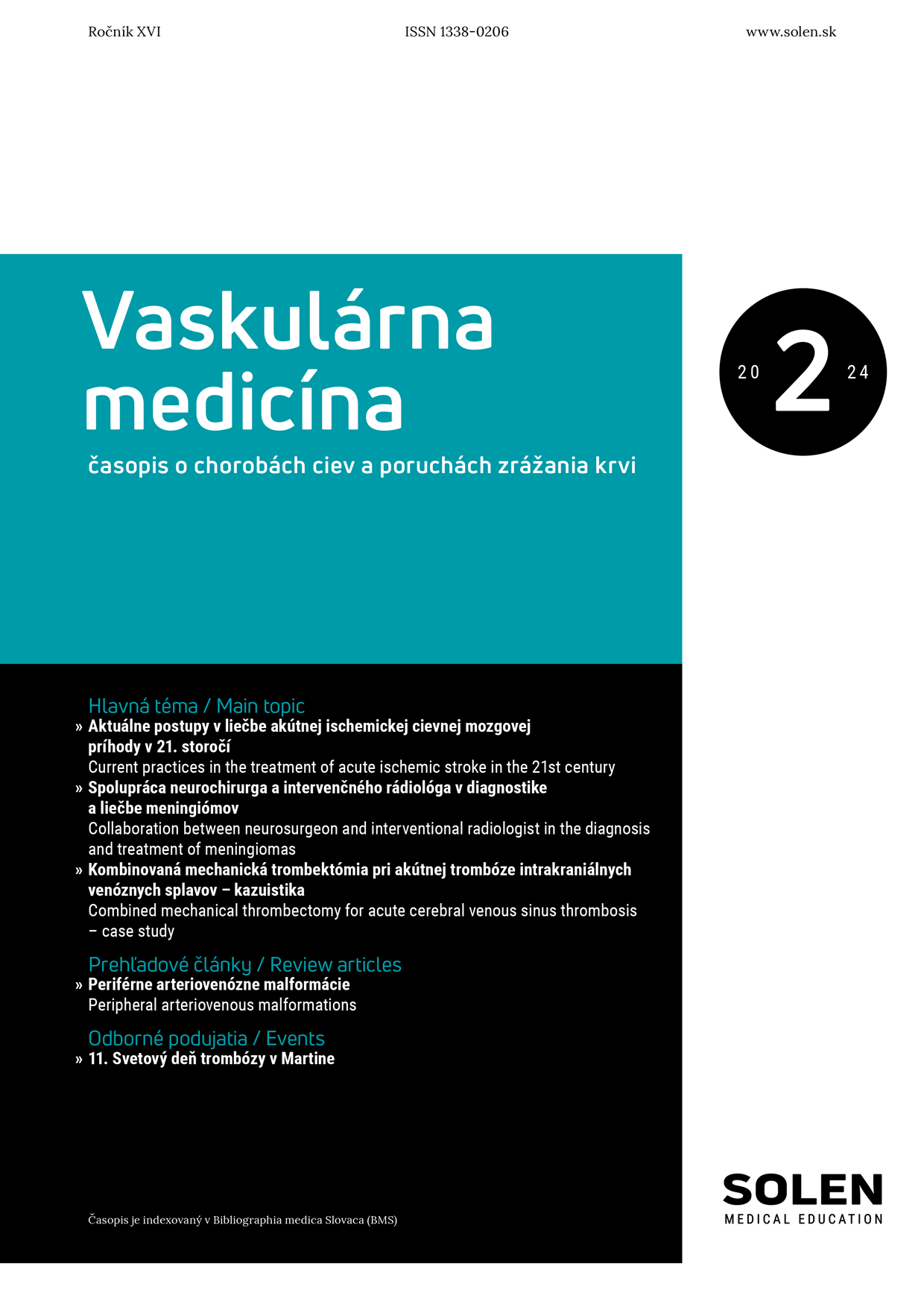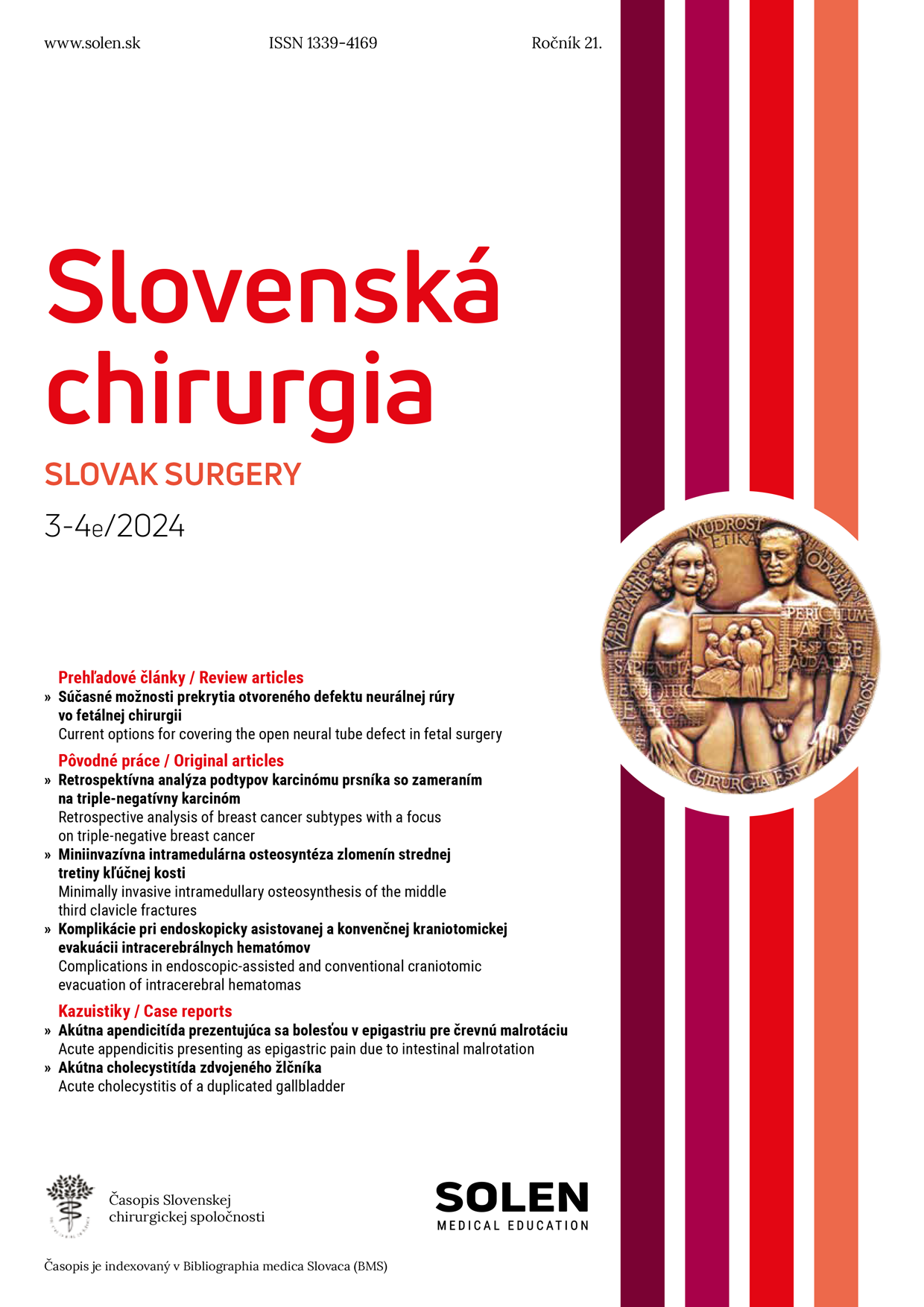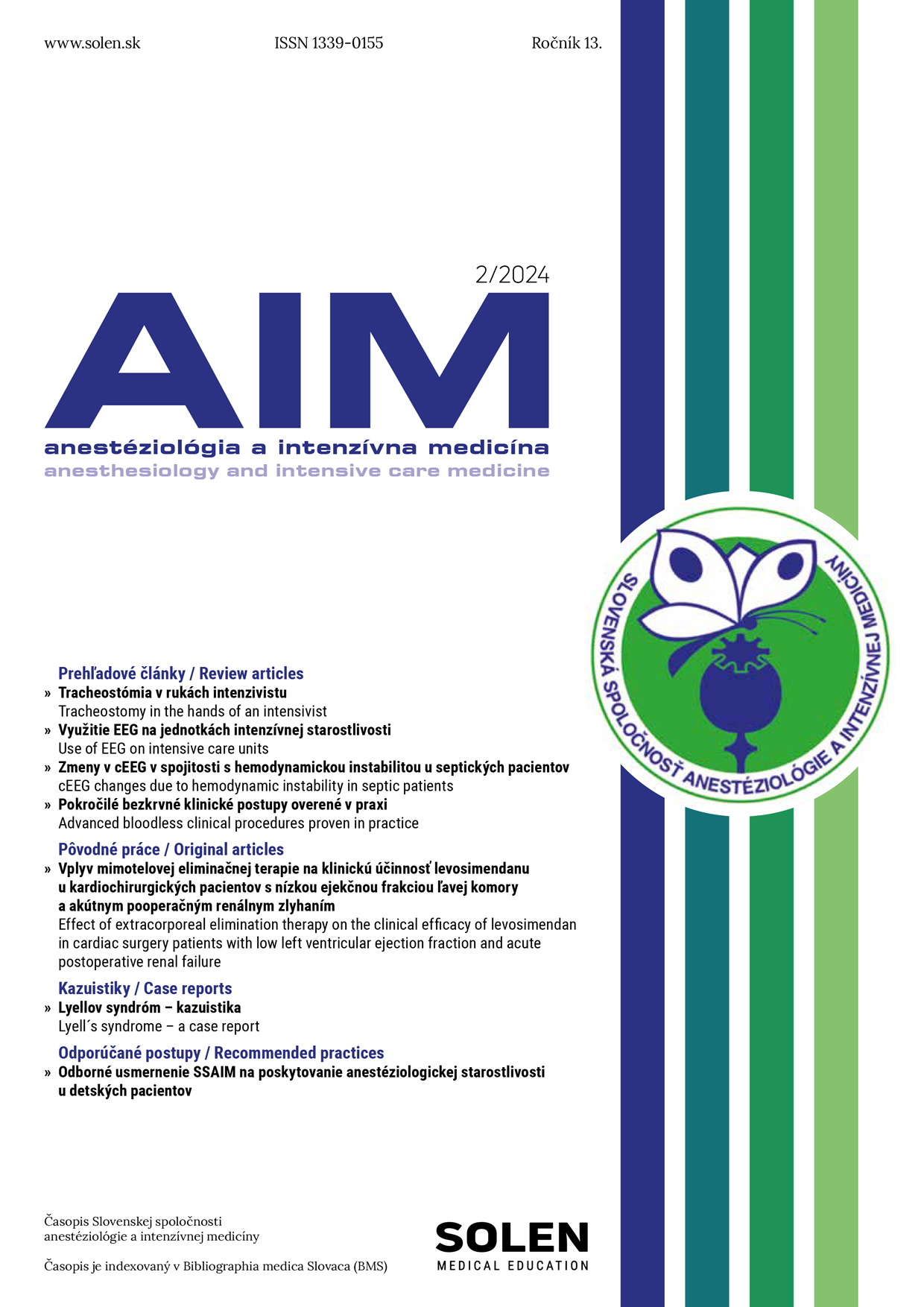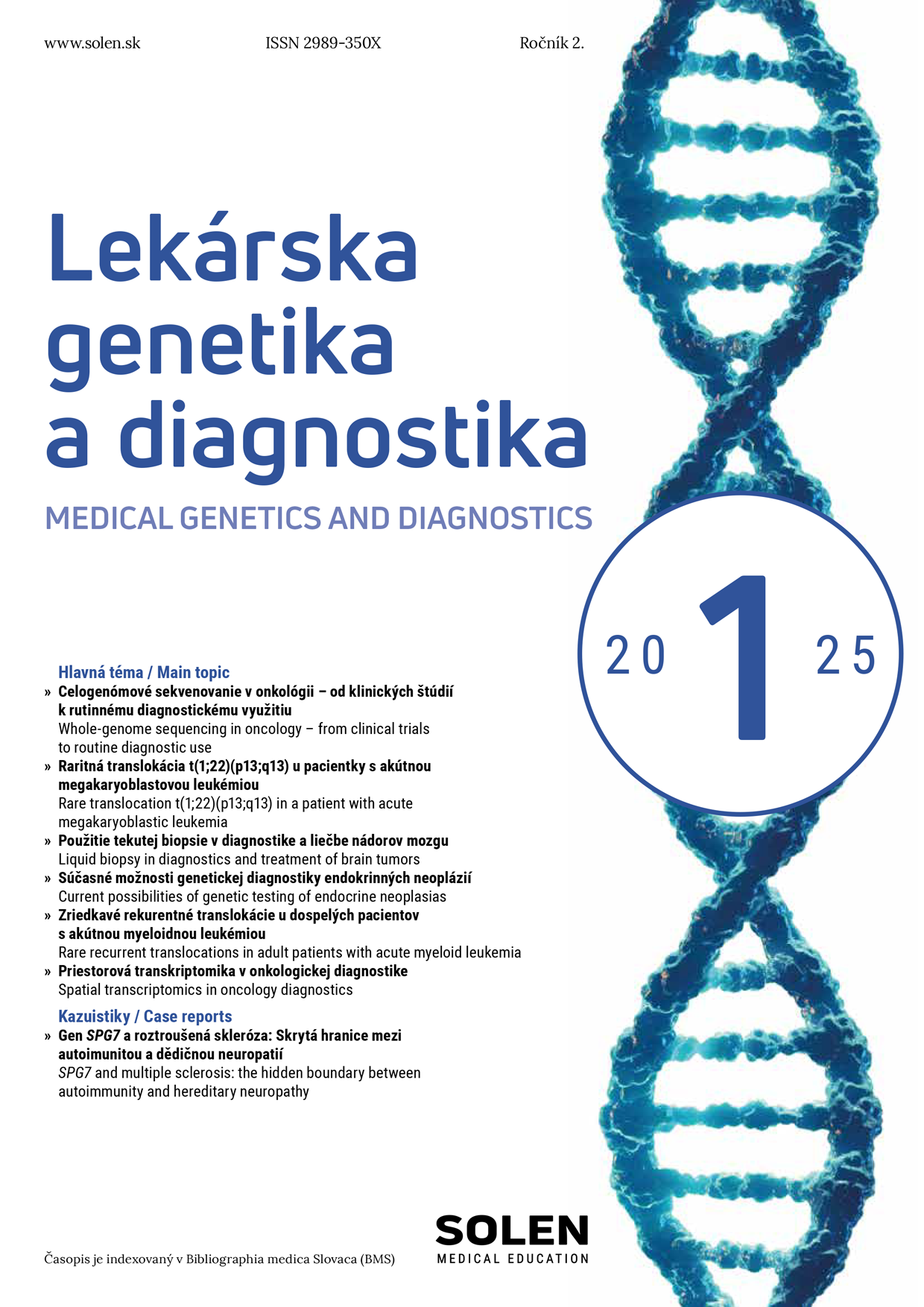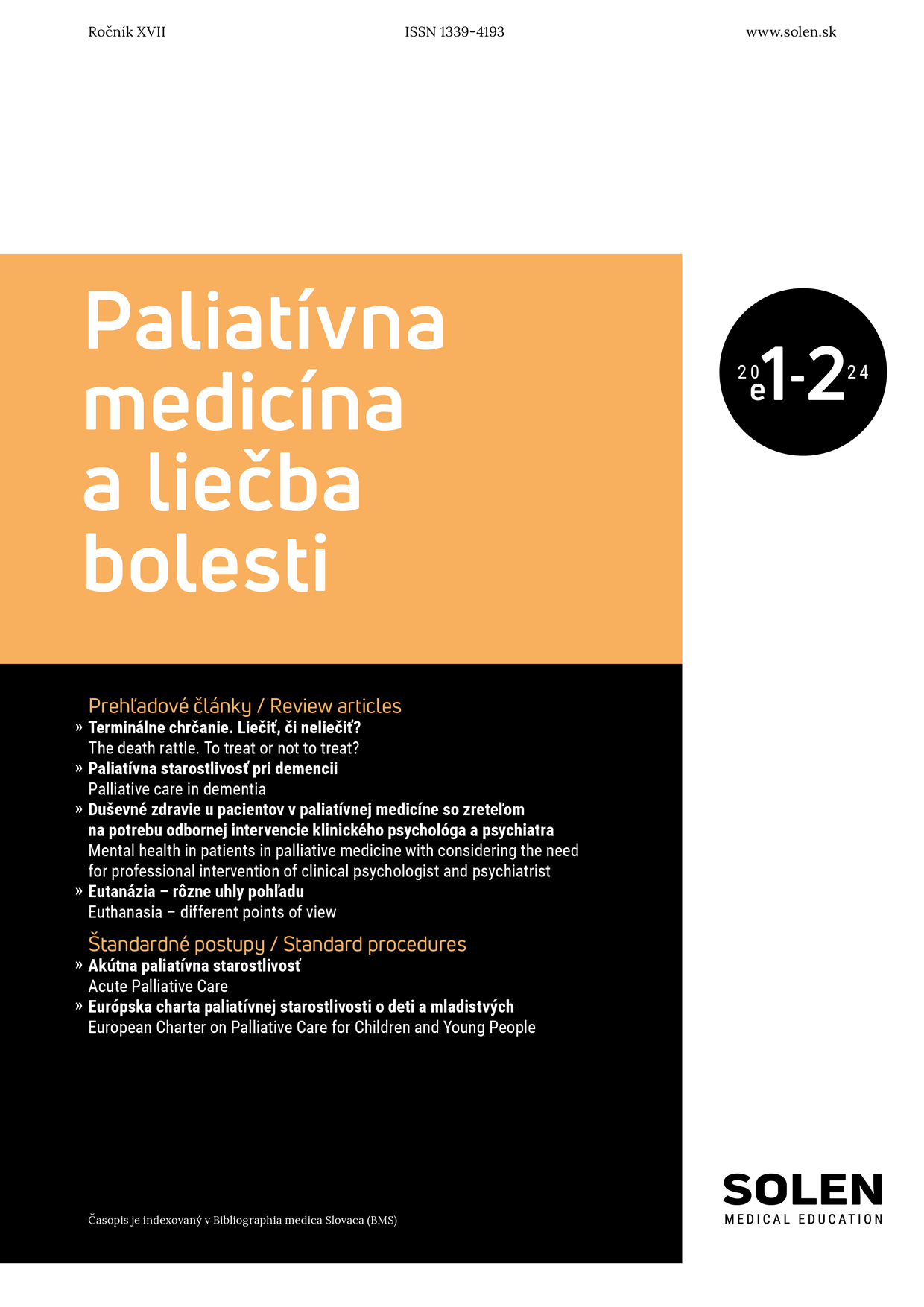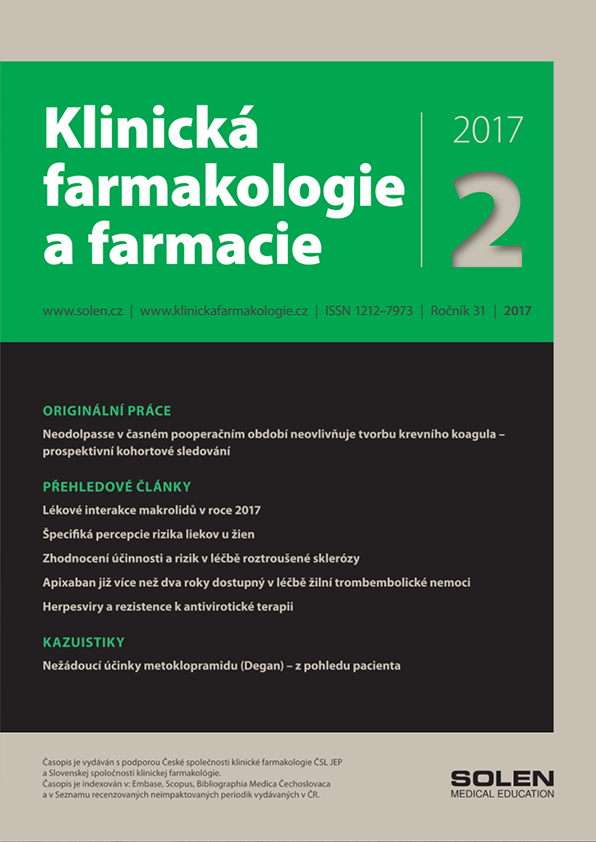Pediatria pre prax 5/2024
Anorexia nervosa in children and adolescents
Anorexia nervosa (AN) is a complex eating disorder characterized by an intense fear of weight gain, distorted body image, and severe restriction of food intake. This condition predominantly affects adolescents and young adults, and most of the patients suffering from this disorder are females. The psychological components of anorexia involve deep-seated issues related to self-esteem, perfectionism, and control, often exacerbated by societal pressures and cultural ideals surrounding body image. The disorder can lead to severe physical health complications, including malnutrition, amenorrhea, cardiovascular issues, and osteoporosis. Comorbidities, particularly major depressive disorder and anxiety disorders, frequently complicate AN, necessitating multifaceted treatment approaches. Early intervention is crucial for improving outcomes, as prolonged anorexia can lead to irreversible health consequences and increased mortality rates. Management involves careful monitoring to prevent refeeding syndrome during nutritional rehabilitation and considers potential pharmacological interventions like olanzapine. Even with the best available treatment, the recovery rate ranges from 13% to 50% 1–2 years after treatment, while 20–30% of patients with anorexia nervosa develop a persistent and sometimes lifelong form of the disease, often interrupted by a series of failed treatments. The complexities of treatment highlight the need for a multidisciplinary approach, integrating psychological therapies and nutritional support to improve outcomes. Future directions in research and clinical practice aim to refine diagnostic markers and therapeutic strategies to enhance the care of individuals with anorexia nervosa.
Keywords: anorexia nervosa, childhood, comorbidity, medical assessment, treatment



